Common Household Problems You Can Easily Fix Yourself
Owning a home doesn’t always have to come with repair headaches. A few simple DIY fixes can keep your space running smoothly and even impress guests with your handy skills. Plus, learning how to fix common household problems builds confidence.
These simple, proven fixes save money, teach valuable skills, and help you understand your space better.
Squeaky Door Hinges
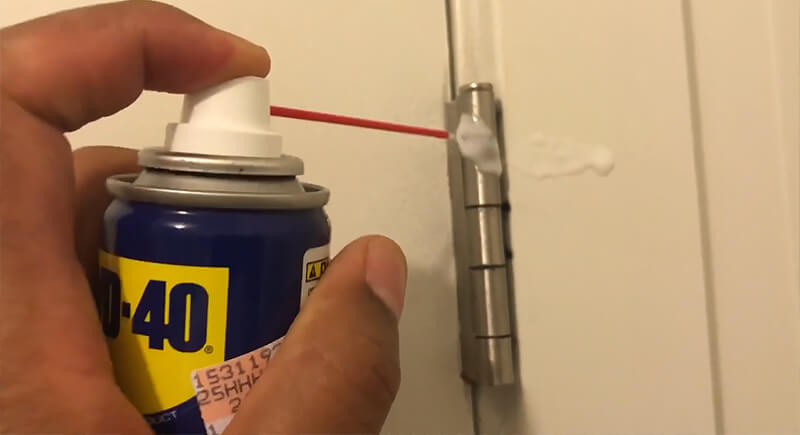
Credit: Youtube
If your dog creaks every time you open it, it’s begging for lubrication. Grab some WD-40 or petroleum jelly if you’re in a pinch. Open the door and spray or drip a small amount of lubricant on each hinge, where the pin meets the barrel. Your doors will glide like they’re brand new.
Running Toilet
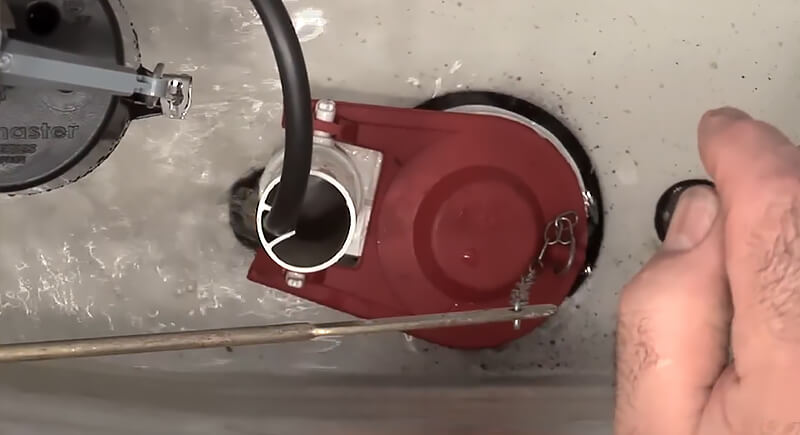
Credit: Youtube
Trickling water after you flush indicates that your toilet is wasting water. Most times, it’s just a worn flapper or a float that’s too high. Turn off the water, lift the tank lid, and check if the flapper seals properly. If not, replace it. Also, adjust the float so the tank stops filling sooner.
Clogged Drains
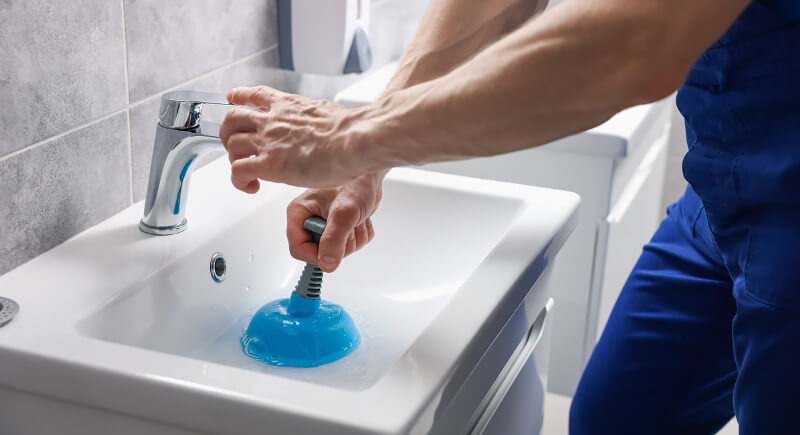
Credit: Canva
Avoid harsh chemicals when unclogging a drain since they can damage pipes. Start by pouring boiling water to melt the grease. If that doesn’t work, use a plunger or drain snake to clear it. Keep a strainer over drains to stop food or hair from going down.
Light Switch That Sparks
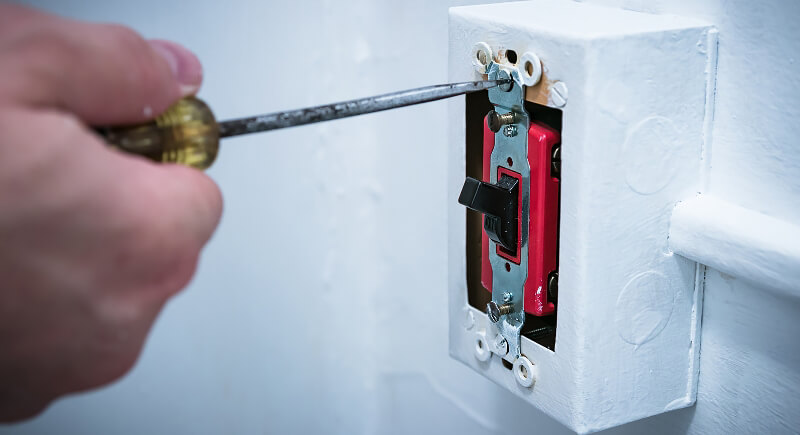
Credit: Getty Images
If the switches spark or feel hot, stop using them immediately. Turn off the breaker, too. Remove the cover, disconnect the old switch, and screw in a new one. It is safer, cleaner, and takes less than ten minutes.
Sticky Window Locks
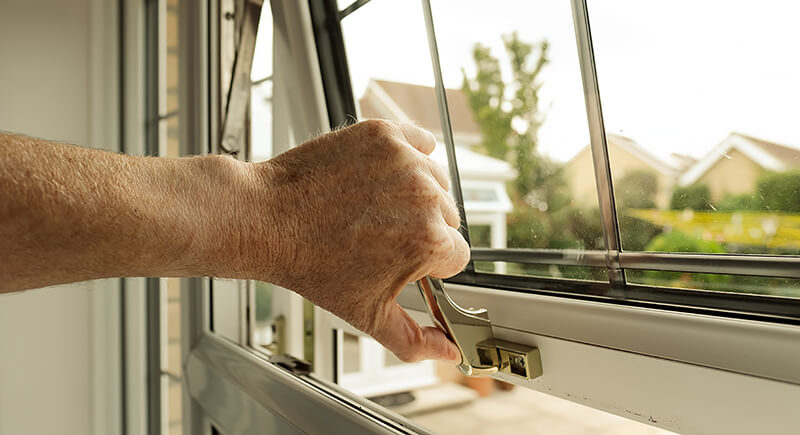
Credit: iStockphoto
When window locks stick, dust and grime are usually to blame. Clean the lock and hinges with warm, soapy water. Once dry, spray silicone or rub graphite powder on the parts. The lock will move smoothly again and seal tightly.
Leaky Faucet
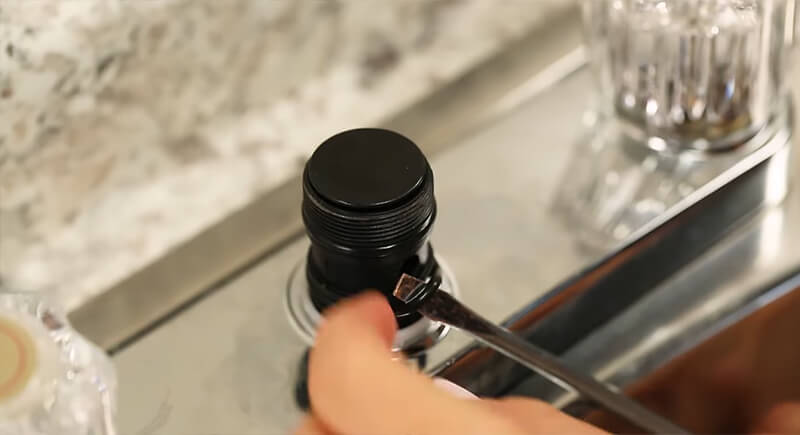
Credit: Youtube
To prevent tap water from dripping, shut off the valve under the sink. Remove the handle and replace the washer or O-ring inside. Once tightened, turn the water back on. The drip should stop right away.
Drafty Doors
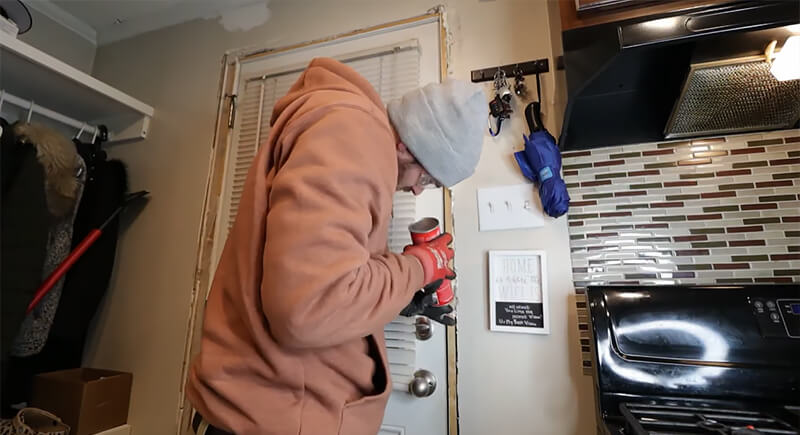
Credit: Youtube
Cold air near the door signals that you are losing heat. Apply foam or rubber weatherstripping along the edges to seal the gaps. If needed, add a door sweep at the bottom. These small fixes keep rooms warm and your bill low.
Jammed Garbage Disposal
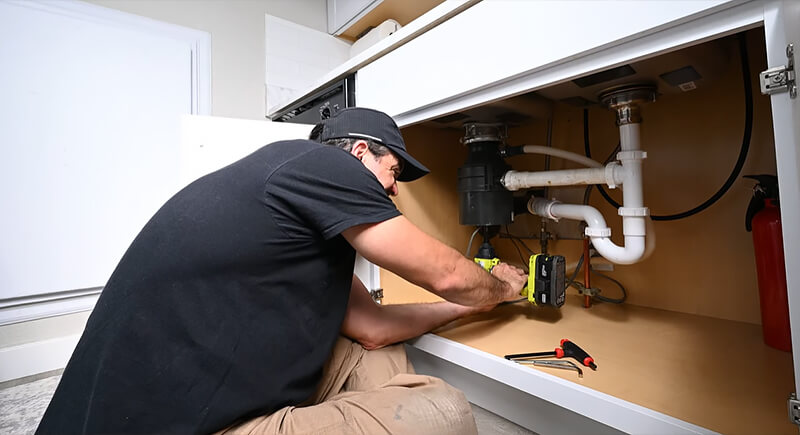
Credit: Youtube
Never reach inside a garbage disposal with your hand. If it refuses to spin, you need to switch it off and use a hex key in the hole under the unit to turn the blades. Once loose, press the reset button and run cold water to test it.
Cracked Tiles
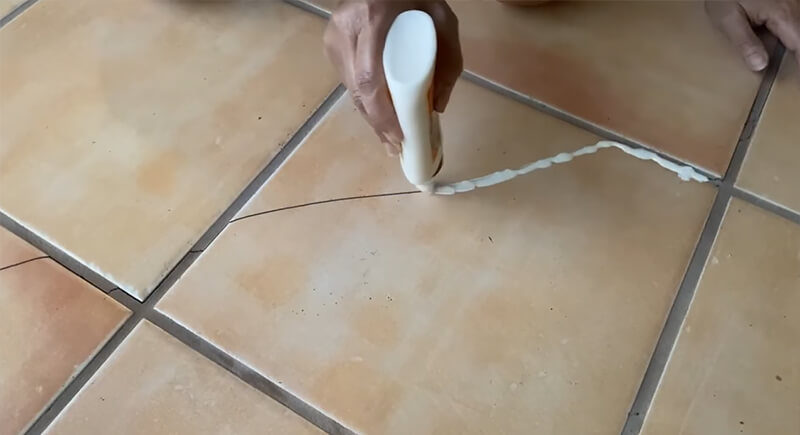
Credit: Youtube
Tiny cracks in your tiles are easy to fix. Clean the area and fill the crack with clear epoxy or tile adhesive. Let it dry, then smooth the surface. In case there is bigger damage, remove the tile and replace it with a new one.
Loose Cabinet Handles
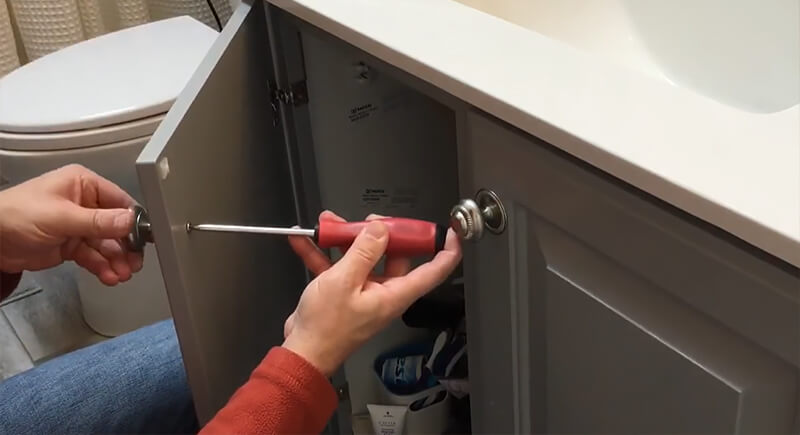
Credit: Youtube
It’s all too common for cabinet knobs to loosen with use. Tighten the screws with a screwdriver. If the hole is worn, use a slightly longer screw or a drop of glue for grip. In minutes, your cabinets look neat again.
Smelly Refrigerator
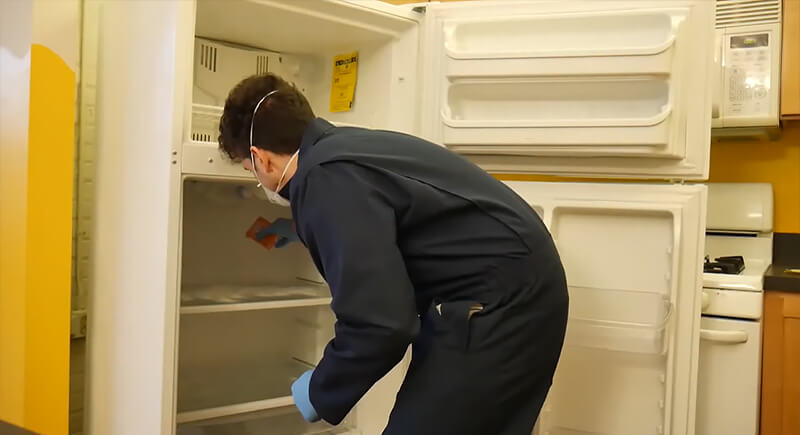
Credit: Youtube
Bad smells from the fridge mean it is time to clean. Remove food, shelves, and drawers. Wash everything with baking soda and warm water. Dry it well and place an open box of baking soda inside to absorb new odors.
Slow Draining Bathtub
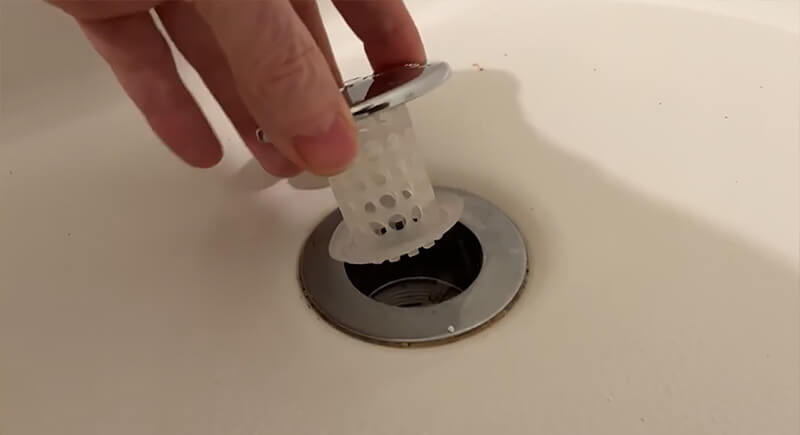
Credit: Youtube
Hair is the number one culprit behind slow-draining bathtubs. Use a catcher to stop buildup. For a natural fix, pour baking soda and vinegar into the tub, wait a few minutes, and flush with hot water. It clears the clog without chemicals.
Broken Blinds
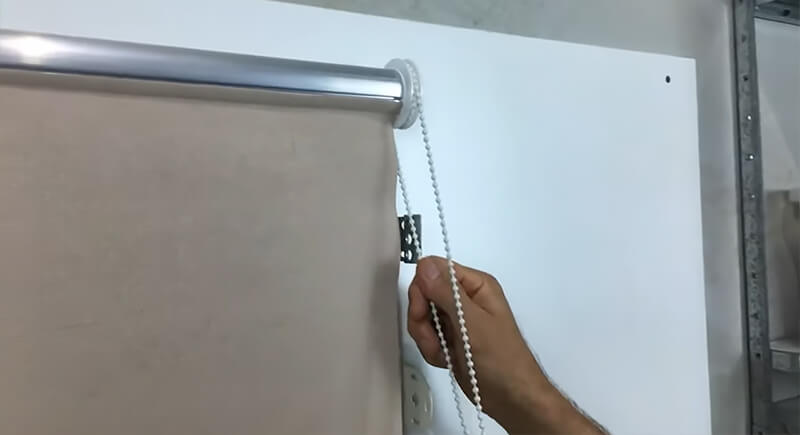
Credit: Youtube
A broken or tilted rod could make it difficult for the blinds to roll. Look up your model online to find the correct part. Determine whether it’s only tilted or completely broken. Replacing it takes only a screwdriver and a few minutes of patience.
Flickering Lights
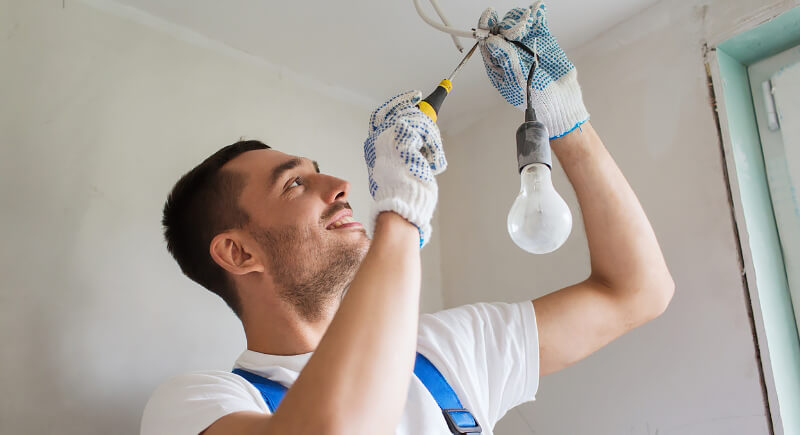
Credit: Canva
A flicker can mean a loose bulb or wire. Tighten the bulb first. If it still flickers, turn off the breaker and check the wire connections. Secure any loose ends and test again. Always call a pro in case it keeps happening.
Cracked Walls
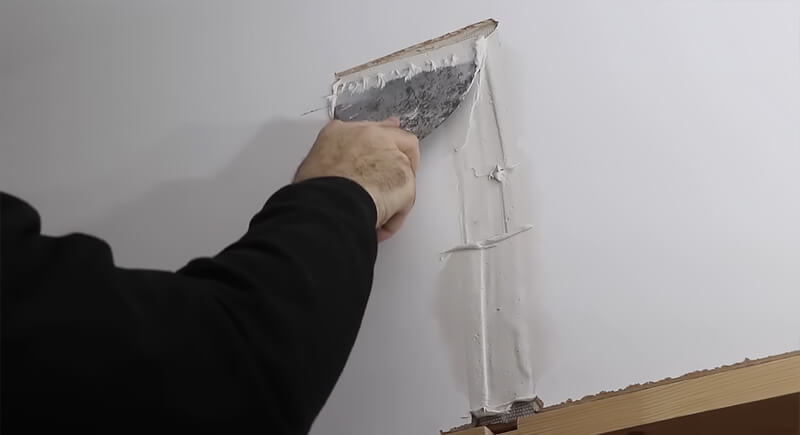
Credit: Youtube
Your home’s beauty is hidden within its walls. Hairline cracks may look unsightly, but they can be easily repaired. Clean the area, fill it with joint compound, and smooth it with sandpaper. Once dry, paint over it. The wall will look fresh and solid again.
Stuck Window
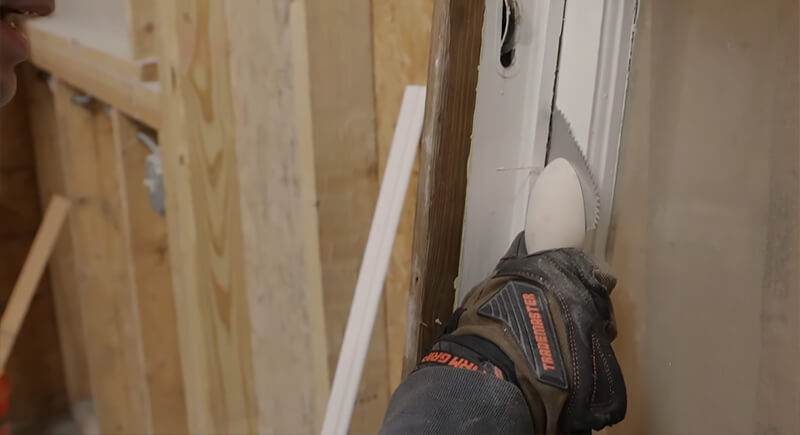
Credit: Youtube
Paint and humidity make windows stick. Slide a putty knife around the edges to break the seal. Spray lubricant on the tracks and move the window gently until it opens. Sand the edges if it sticks again.
Counter Gaps
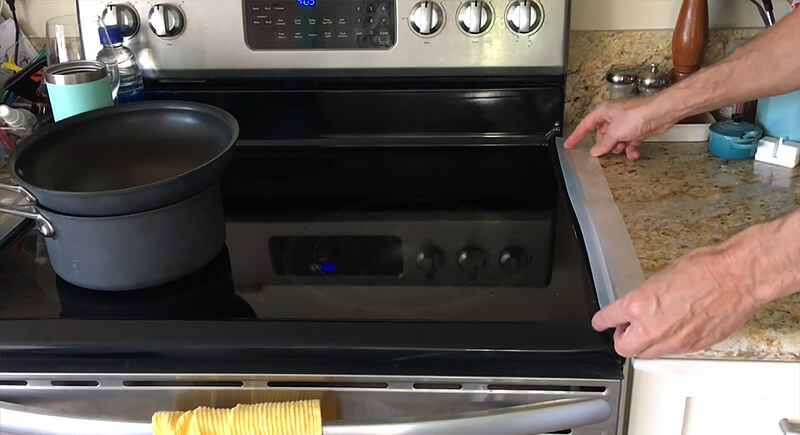
Credit: Youtube
Over time, the seam between your counter and backsplash can open up, which lets in moisture and crumbs, and leads to mold. Clean the gap with rubbing alcohol and let it dry completely. Run a thin bead of kitchen-grade silicone caulk along the seam, smooth it with a damp finger, and let it cure for a full day. It keeps water out and makes the counter look freshly finished.
Malfunctioning Doorbell
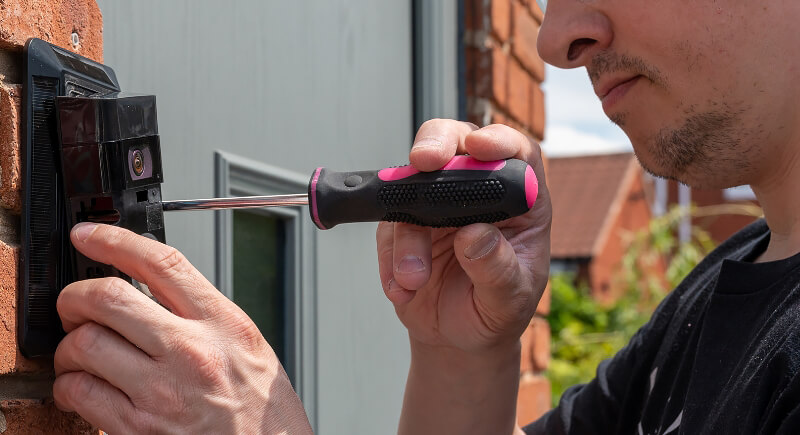
Credit: Getty Images
When your doorbell doesn’t work, the first step is always to check the batteries. For wired systems, unscrew the button and inspect for rust or loose wires. Clean and reconnect the wires.
Noisy Ceiling Fan
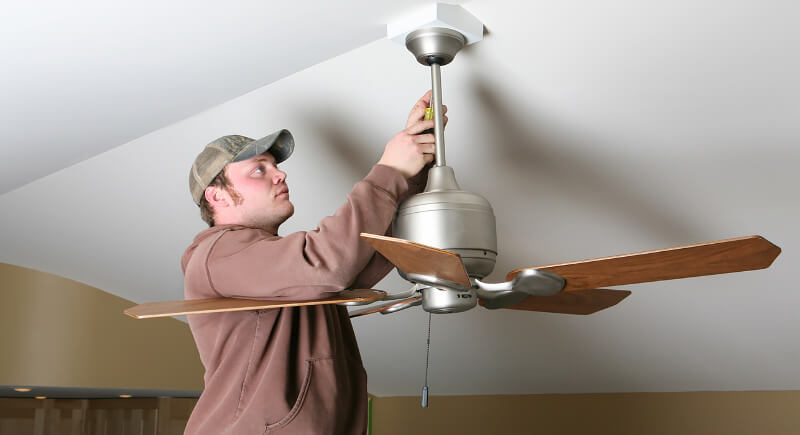
Credit: Canva
Turn off the fan and tighten all blade and base screws. If needed, check that the blades are level and balanced using a small weight kit. Clean off dust to reduce strain, and add a few drops of light oil to the motor bearings.
Loose Floorboards
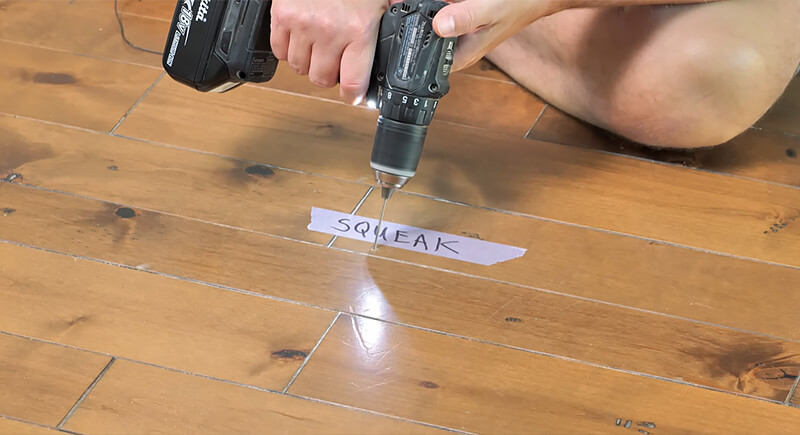
Credit: Youtube
Creaky floors can be fixed with a few simple tools. Start by identifying the exact spot that moves or squeaks when you step on it. Drill a small pilot hole, then squeeze wood glue into the gap between the loose board and the subfloor. Once the glue is dry, the floor will stay firm and silent.